Le Monstre: Cadillac reveals wider, longer, lower prototype racer
In 1950, American gentleman sports-car racer Briggs Cunningham brought two Cadillacs to compete in the prestigious 24 Hours of Le Mans. One was a race-prepped Series 61; the other, a pile of molded metal shaped by fabricators from Grumman aircraft and perched atop a Cadillac chassis. The latter earned the nickname “Le Monstre” for its imposing proportions amongst Europe’s petite sports cars. Before both vehicles bowed out of the French endurance race, Cunningham and his Caddys showcased a brazen spirit that the world had come to expect from a post-war America. They were loud, large, and fast.
Come 2023, Cadillac will return to Le Mans with similar swagger as Cunningham first did. Once complete, the new Mulsanne-eater will be wider, longer, and lower than the brand’s current endurance racer, the DPi-V.R, which competes only in North America. Beginning in 2023, the prototype Cadillac will campaign in both Europe and the United States. In its current state, the concept boasts a fresh set of angles and contours for the upcoming expanded assignment, with carbon-fiber panels draped over Dallara bones like silk over a kitchen knife. Simply put, it’s a stunner.

Almost exactly one year before the firm journeys to France for its first appearance in the 24 Hours of Le Mans in two decades, Cadillac invited us to General Motors’ design dome in Warren, Michigan, for a preview of the new prototype, codenamed “Project GTP Hypercar” in its current state. GM’s Laura Klauser (sports car racing program manager), Mark Stielow, (director of motorsport competition engineering), and Chris Mikalauskas (lead exterior creative designer, Cadillac) were on hand to walk us around the rolling display model.
Splitter to wing, the entire car is a team effort between GM Racing, Italian chassis builder Dallara, and Mikalauskas’ design team.
“In order to come up with something amazing, whether it’s a race car or a production car, you have to have a lot of healthy tension in the room,” says Klauser, who was appointed head of the company’s sports car racing program last January. “We were able to put a race car together in pretty much a record time.”
Last July, the endurance racing world was rocked when IMSA and the FIA formally agreed to a set of co-sanctions that would allow prototypes (race cars built from scratch, not based on production cars) to compete in IMSA’s WeatherTech Sports Car Championship and in the FIA’s World Endurance Championship (WEC). For the first time ever, qualifying teams could campaign the same prototype racer in the 24 Hours of Daytona, the crowning event of the IMSA series, and in the 24 Hours of Le Mans, the jewel of the WEC roster.
Since then, numerous manufacturers have thrown their hat into the endurance-racing ring. Some have eschewed the two-birds-one-stone option, opting only for IMSA or for WEC—but not Cadillac. As soon as February of 2021, before IMSA and the FIA had the official handshake in July confirming the co-sanctions, Cadillac had already embarked on a replacement for its then-five-year-old prototype.
“Now that we plan to play on the world stage, the type of tracks are going to influence the design,” says lead designer Mikalauskas.
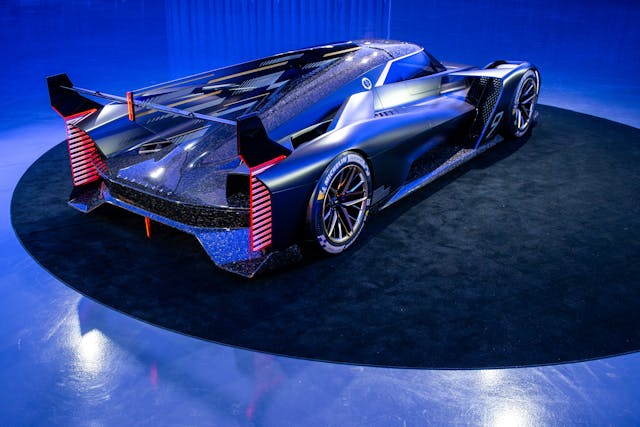
In addition to the fresh-faced Cadillac, IMSA’s next-gen LMDh prototype roster will feature Acura, Porsche, and BMW for 2023, with Lamborghini joining in 2024. Under the unified tech regulations, the LMH (Le Mans Hypercars) of Toyota, Glickenhaus, Peugeot, and Ferrari will also eligible to join the stateside fray. Vise versa for IMSA teams competing in the GTP class looking to infiltrate the WEC’s Hypercar class.
With so many transient classmates, it was important for the American group to stand out.
“We didn’t want to be just a cookie-cutter car out there,” says Mikalauskas. “So when cars like Ferrari, Lamborghini, and BMW are going up against it, people are going to be able to recognize Cadillac.”
This wasn’t always the case.
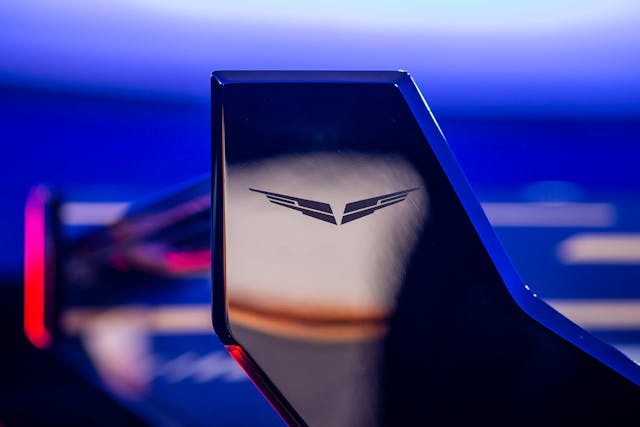
Similar to NASCAR’s Next Gen Cup car, manufacturer identity is more obvious in this generation of prototype racer. Just last week, BMW unveiled its 2023 steed, kidney-bean grille and all. As for the new Cadillac, it sports the marques trademark vertical headlights (think 2022 Escalade), and a familiar bladelike creases and folds found on Blackwings and other production Caddys.
“With race cars, it’s not typically like that,” says Mikalauskas, as he walks us around the car. “You look at other prototype cars and they look overly bubbly,” he says, pointing at the hip-hugging carbon-fiber panels. “Because we were involved so much earlier in the process with Dallara we were able to get a lot more of that beauty integrated into the surfacing.” They succeeded, too—the racer genuinely looks like a collaboration, not a handoff.

The entire car is an aero device, too.
“There’s plenty of easter-egg functionality behind what you might think just looks cool,” adds Mikalauskas. From the intricate lift-reducing flow-through sections surrounding the tires to the side-body channels that route air around the car, the entire effort is an example of function and form working in unison.
That said, the whole vehicle still a work in progress. We are still over a half-year away from pre-season testing at Daytona (though it may be the quickest six months the Caddy racing program will ever experience). Many of the components will be massaged with driver feedback during test sessions this summer, and we suspect that the concept rims—which are gorgeous and capped with Cadillac’s badges—will likely be replaced by a more utilitarian design.
Additionally, the increased length of the new car was a byproduct of incorporating the new LMDh common hybrid system, which will be mated to a 5.5-liter DOHC V-8. (Cadillac thus joins BMW and Porsche in using this eight-cylinder configuration.) While the cast at the Design Dome was tight-lipped on the technical specs, we can expect the powerplant to achieve somewhere close to the LMDh maximum of 640 horsepower. “We have a solution down now, we’re just putting miles on it,” says Klauser.
Miles are important, as Klauser confirmed that the marque will simultaneously compete in a full season of WEC and IMSA. Cadillac has called upon two stalwart enterprises to field its new car: Action Express Racing, a North Carolina–based group which has fielded Cadillacs in DPi (the class preceding the Hypercar regulations) competition since 2017, and Chip Ganassi Racing. Each will have two Caddy-crested bullets in its chamber come 2023.
Unlike this season in IMSA, which pits the Cadillac against a single rival (Acura), the new car will have to beat a swarm of new rivals from other luxury manufacturers. The team welcomes the challenge. “Racing will be much more engaging for the us and the fans,” says Stielow. “The big thing that appealed to use was taking the Cadillac brand to try to win Le Mans overall.”
Somewhere, Briggs Cunningham is smiling.
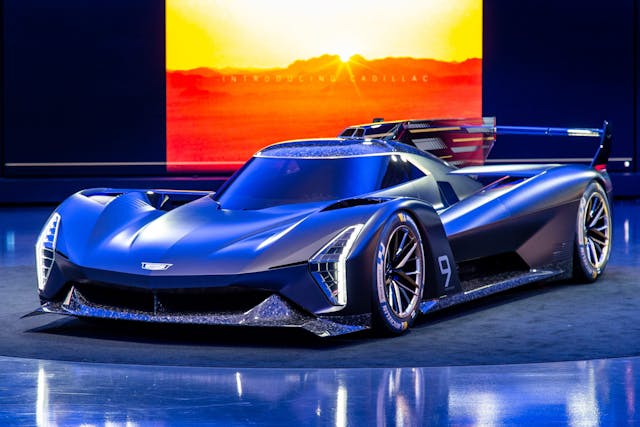
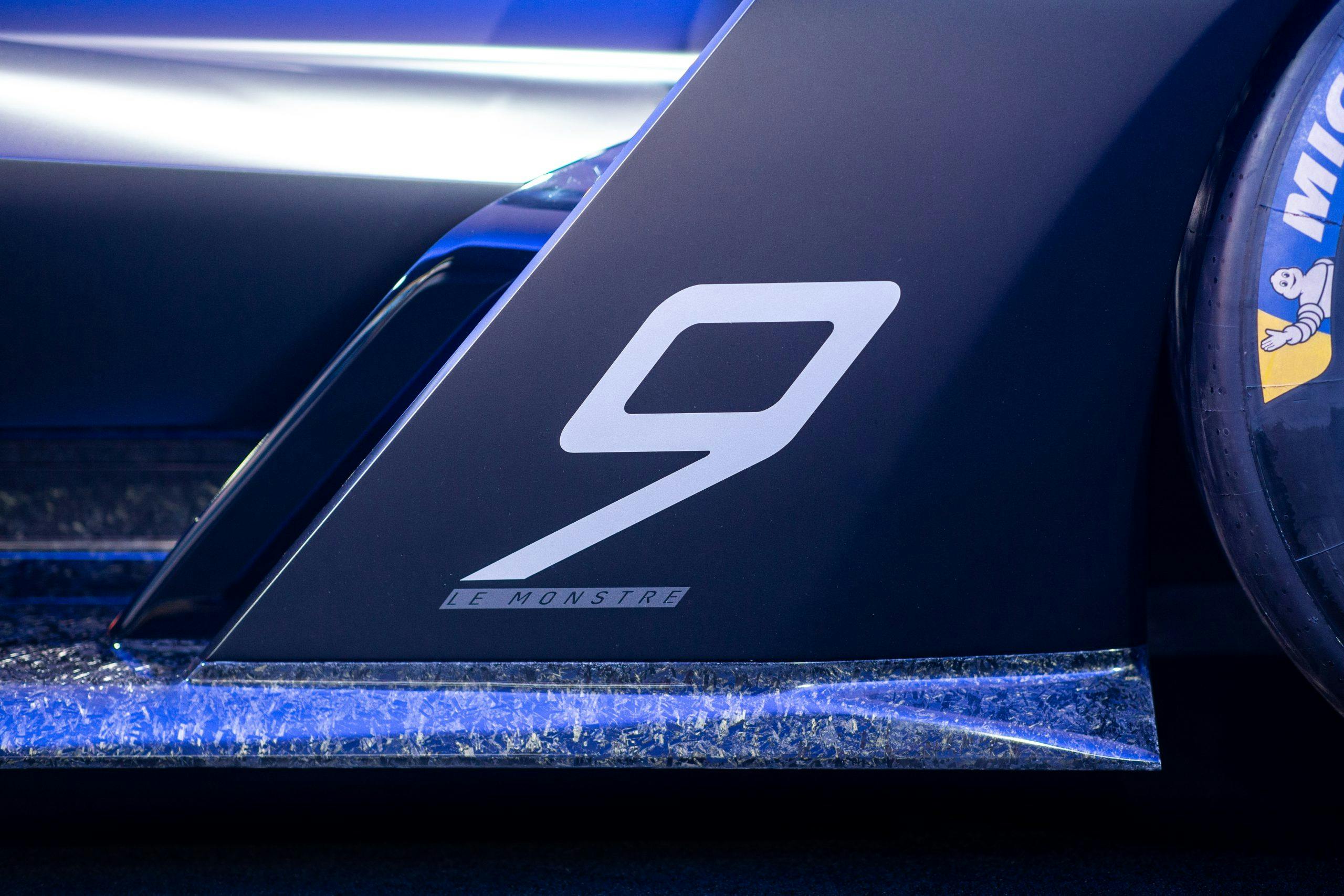
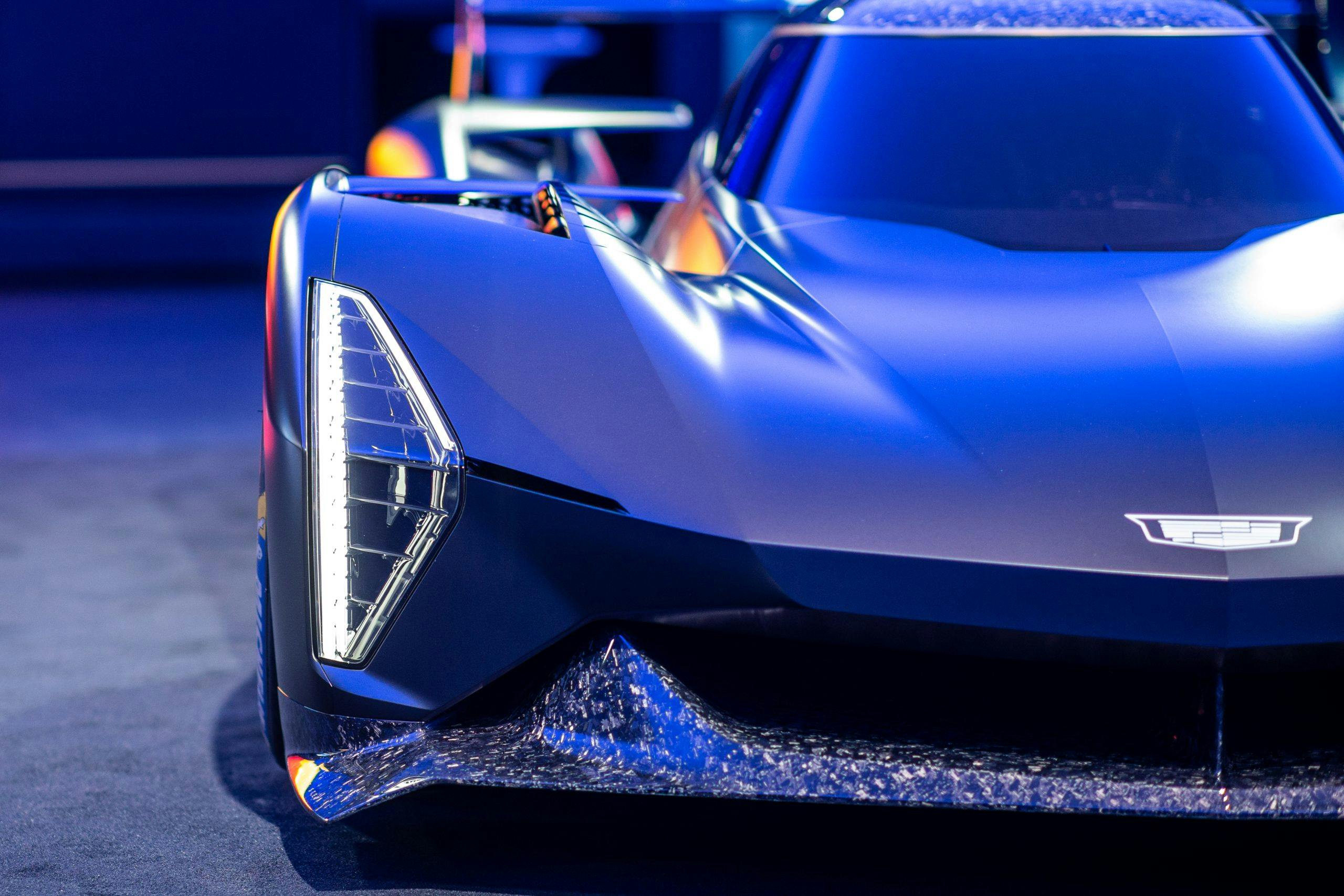
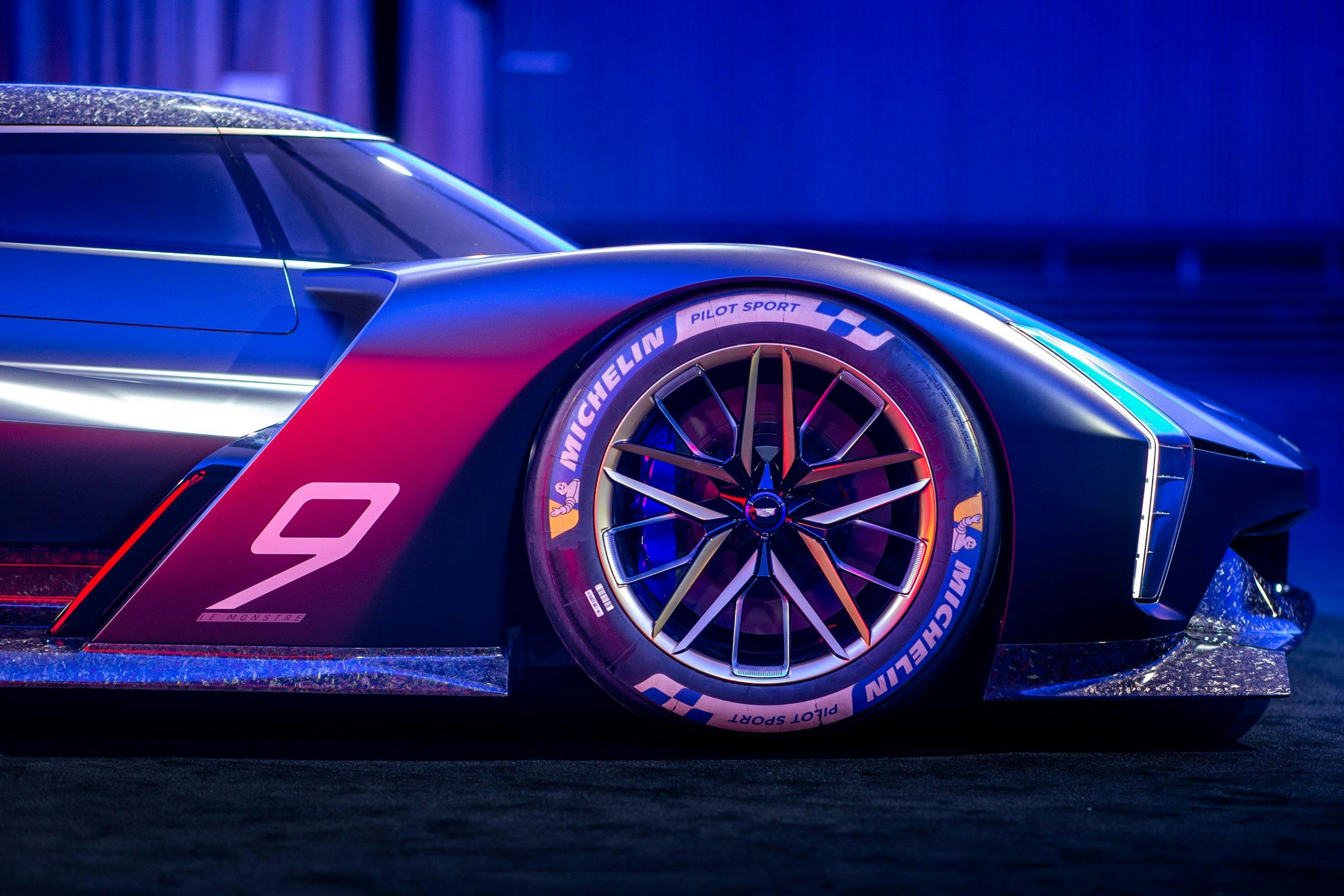
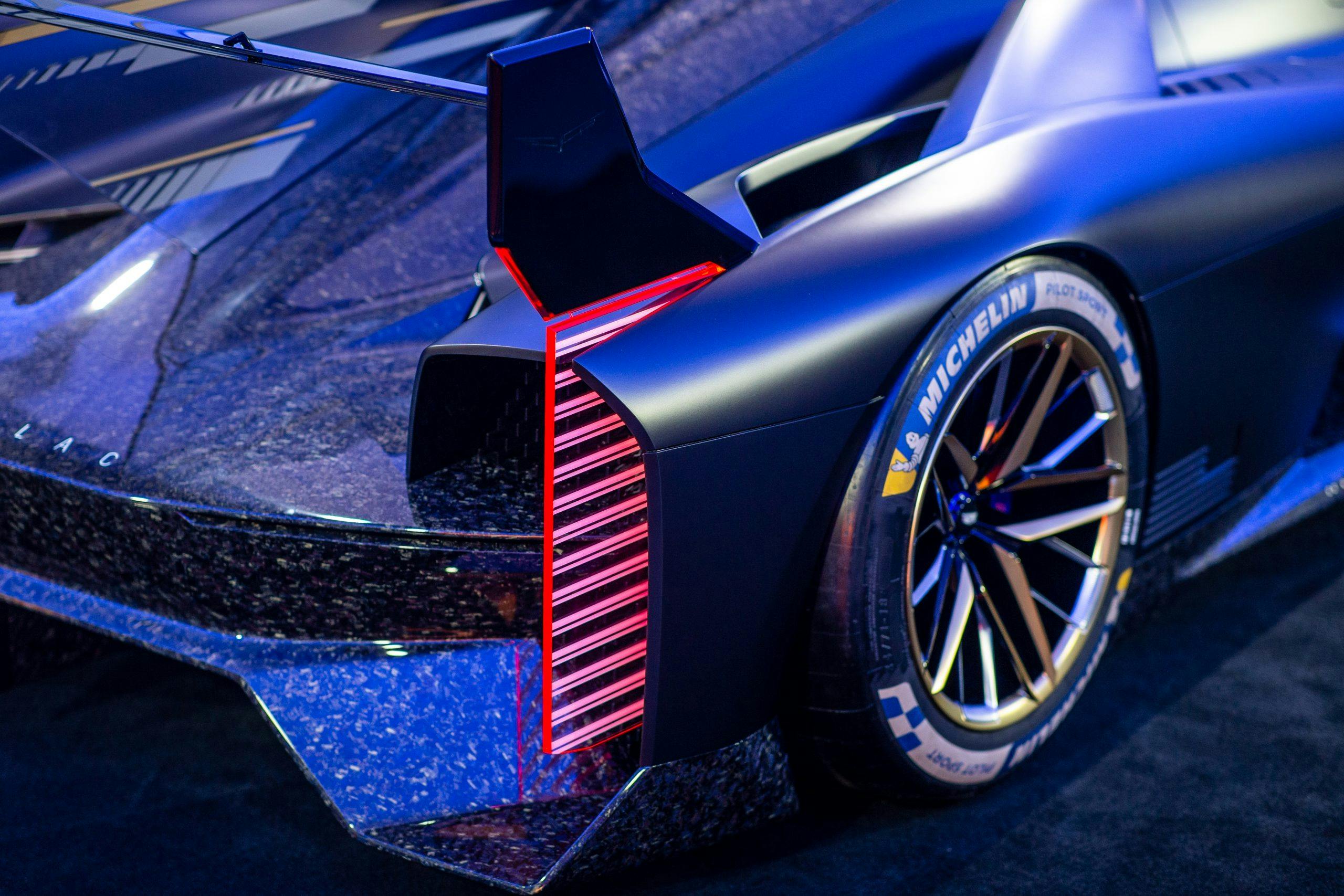
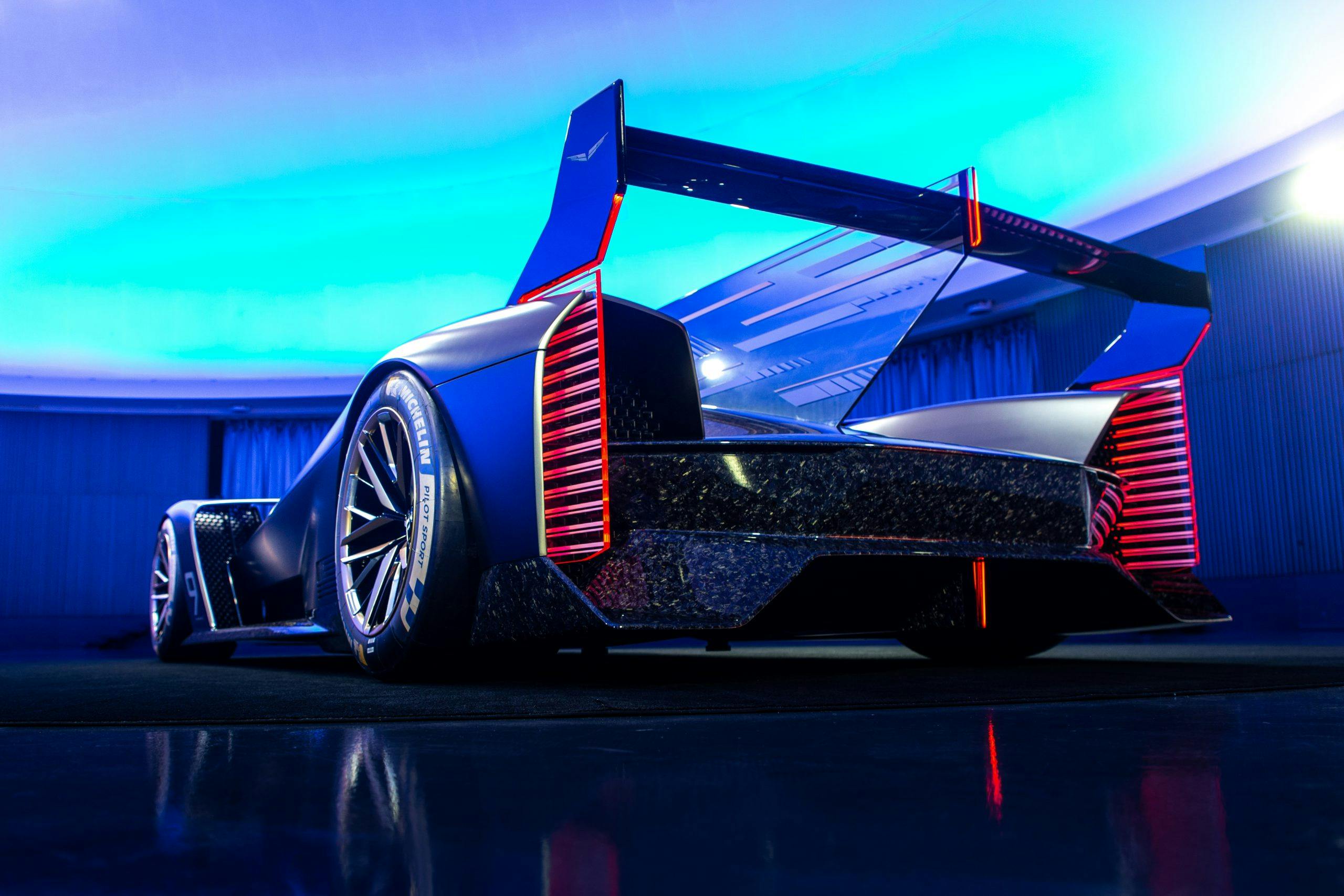
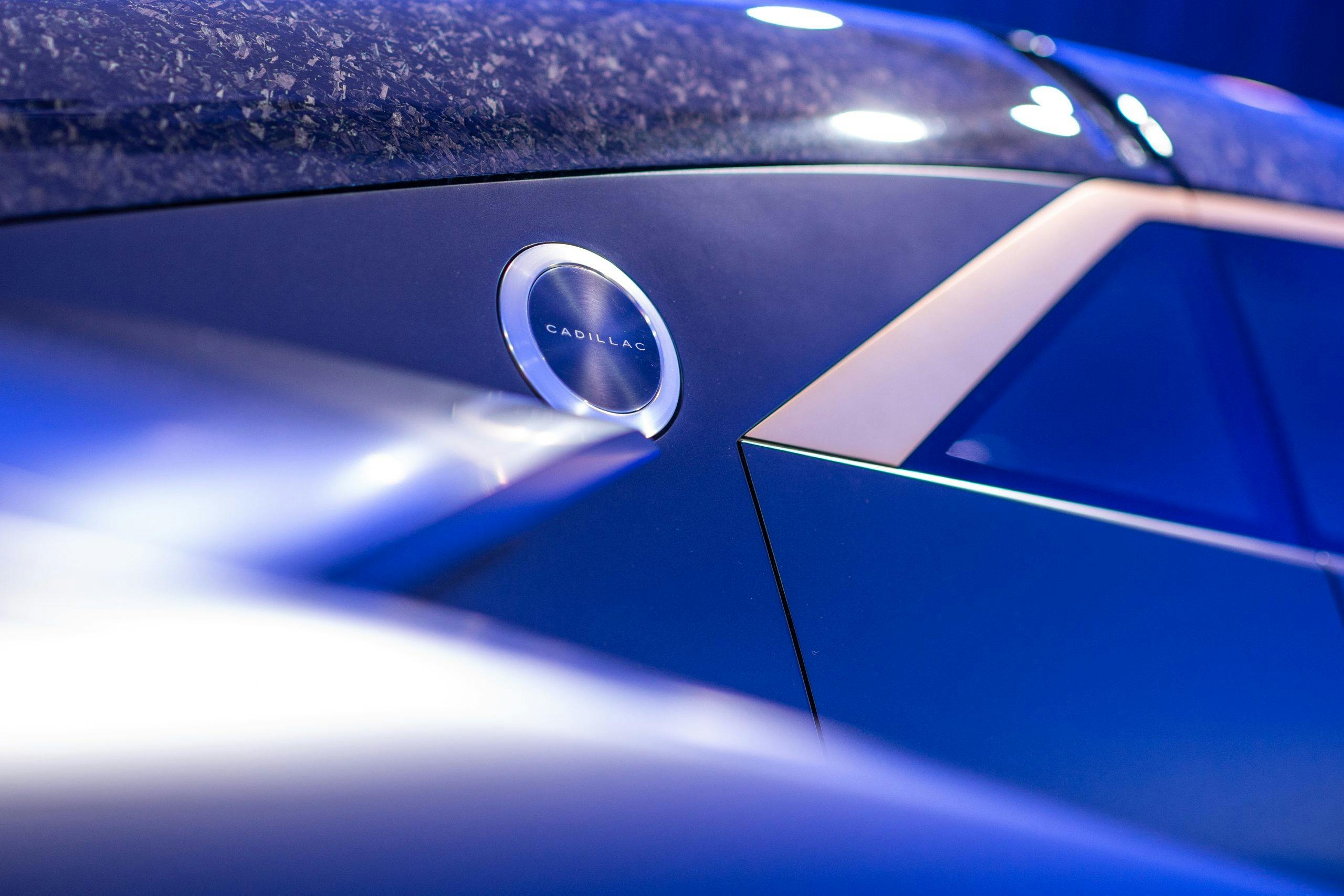

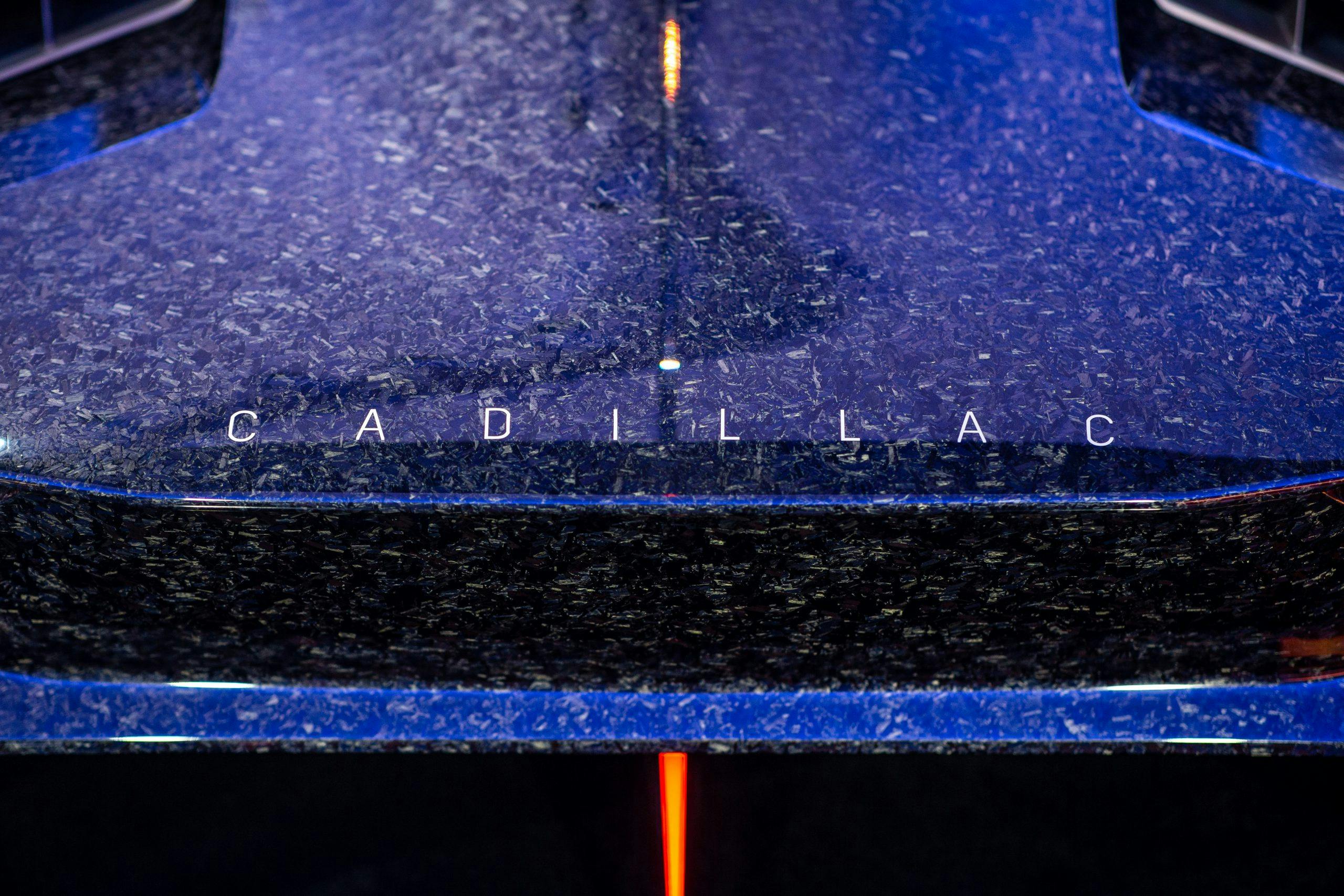
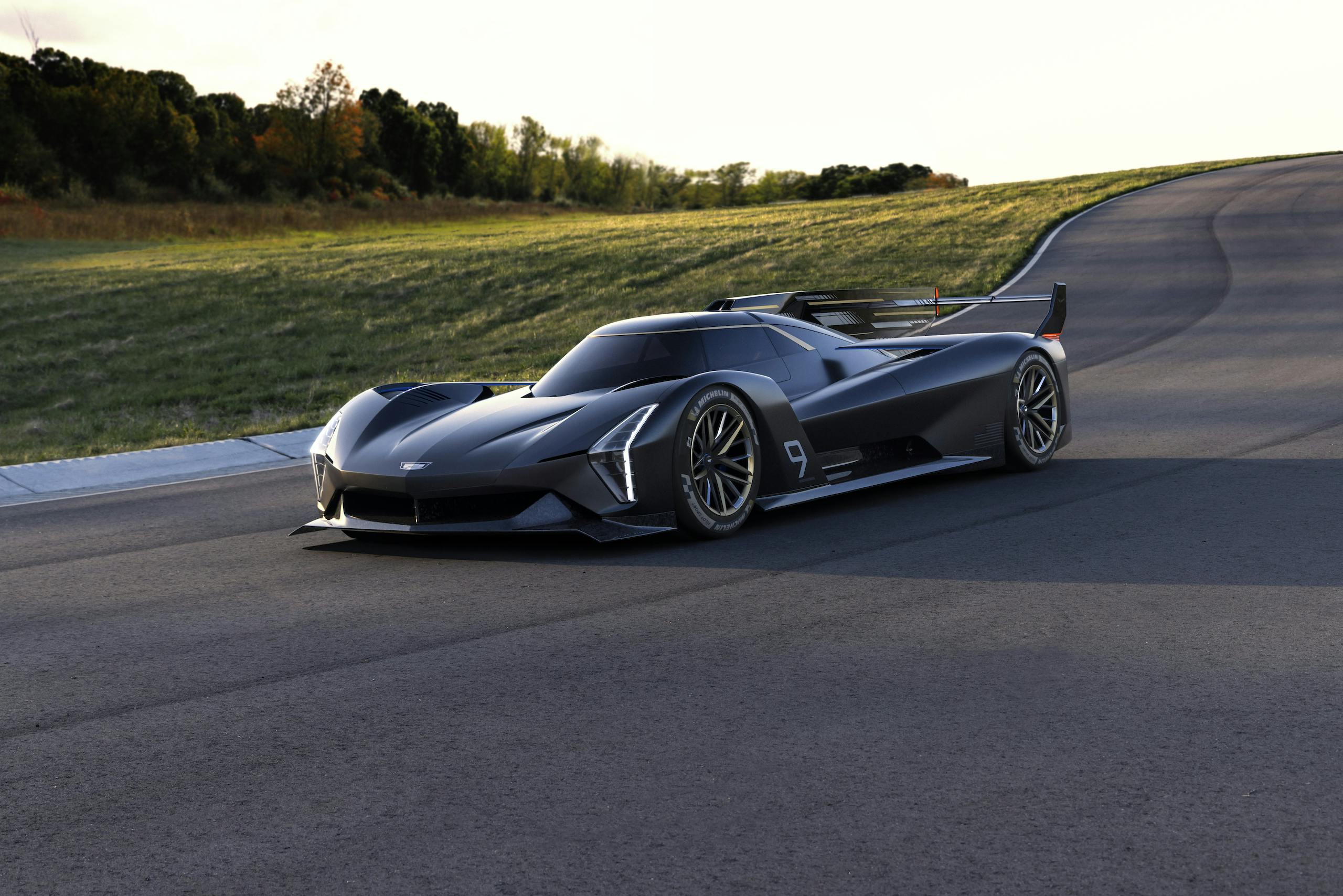
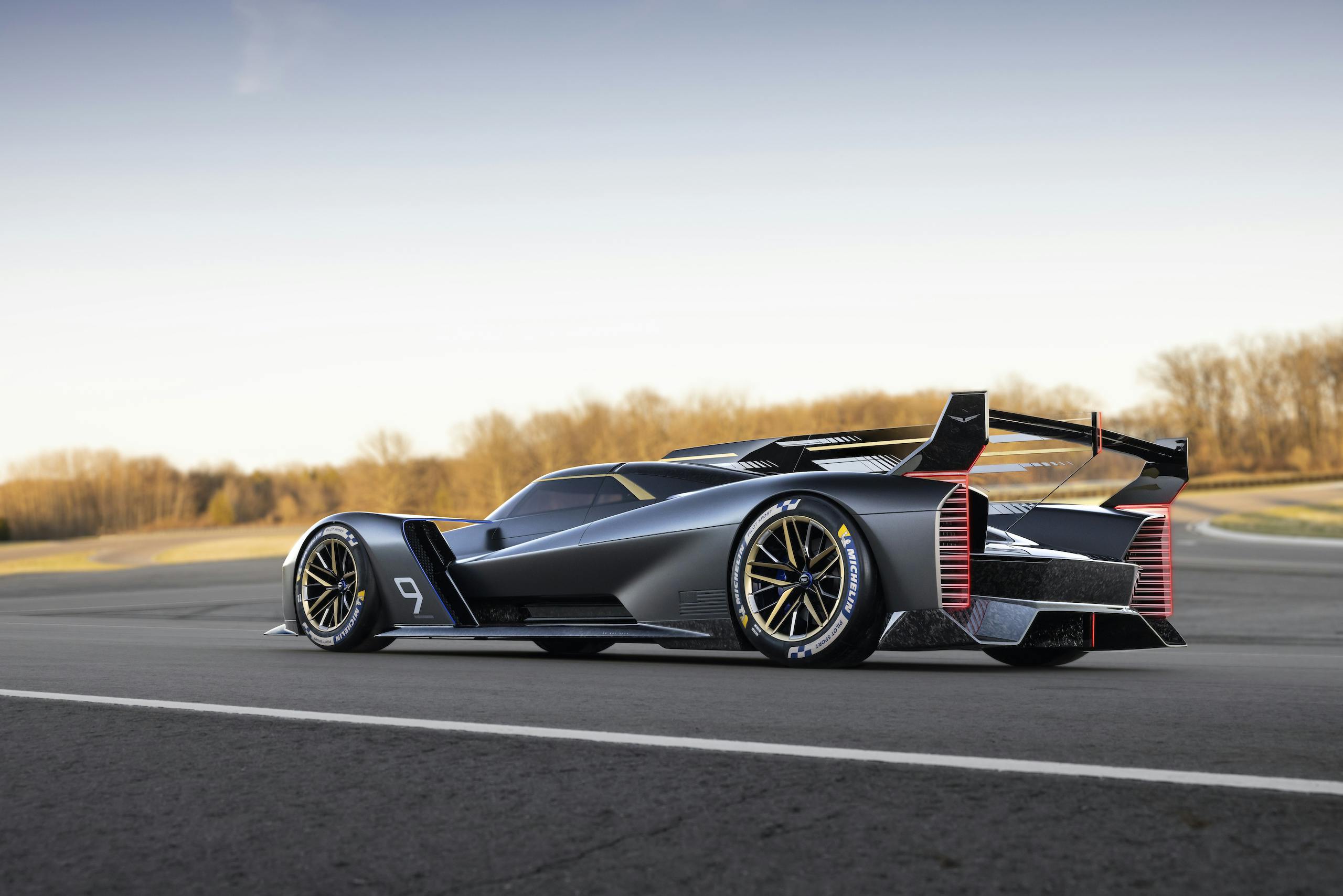
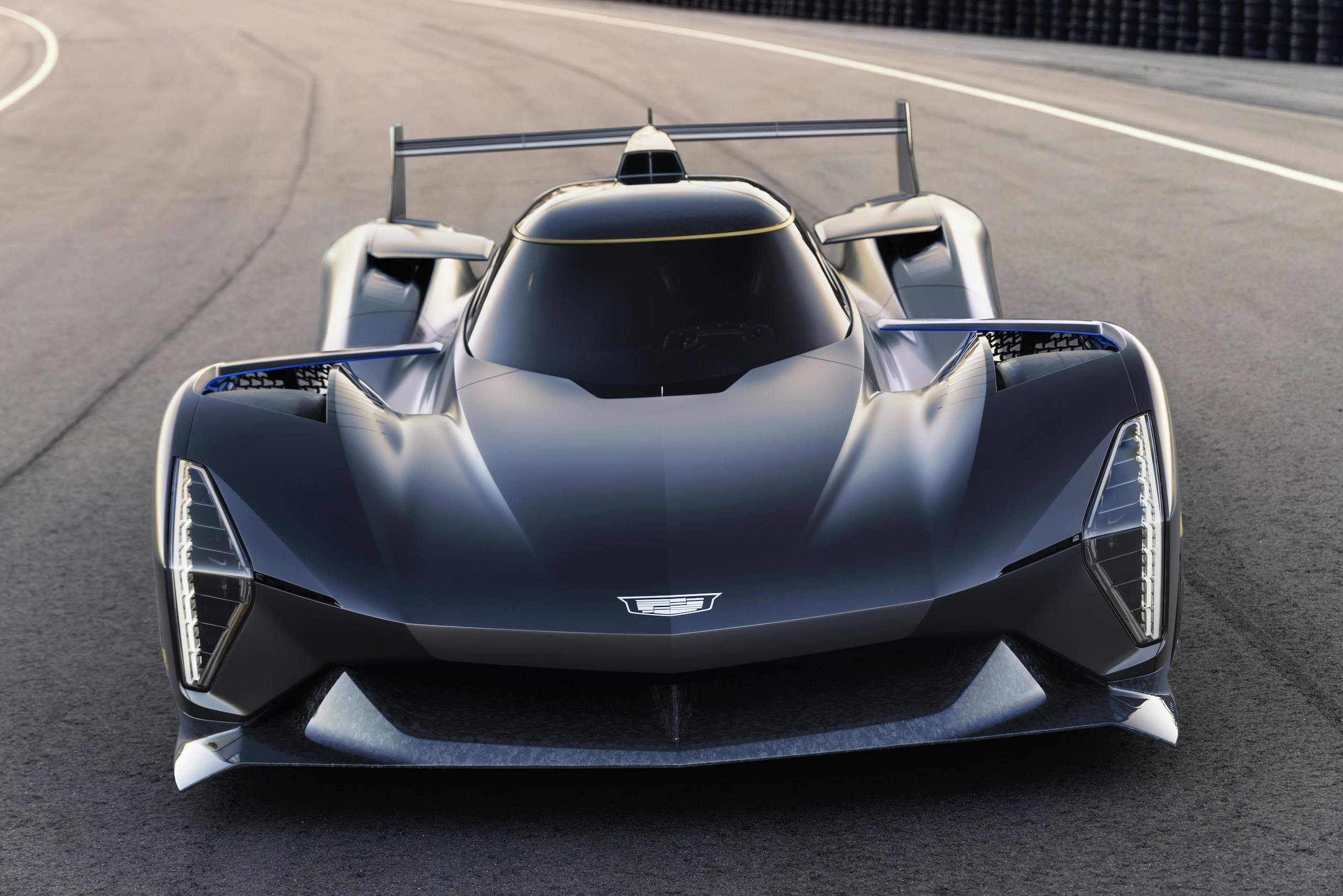
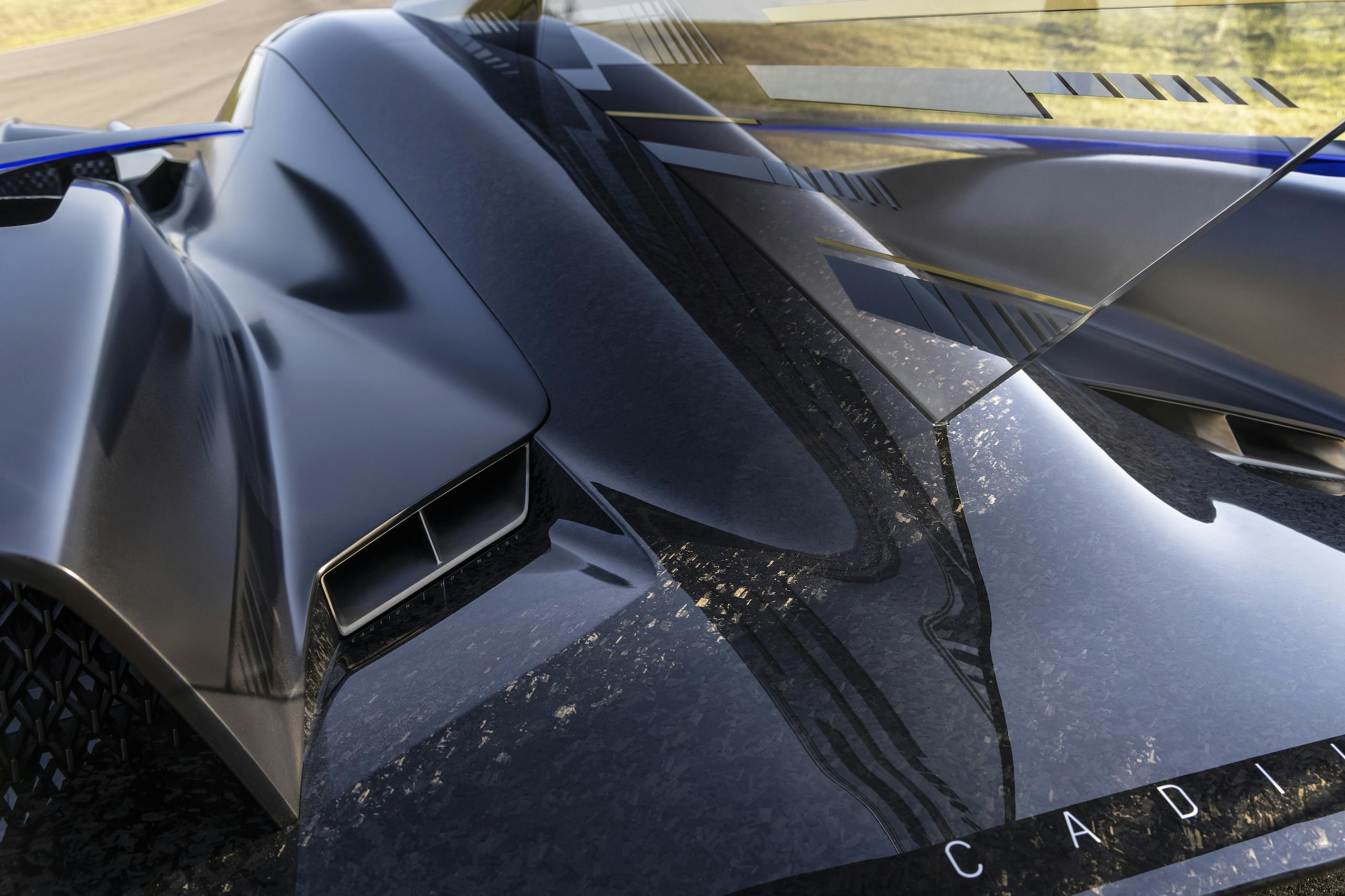

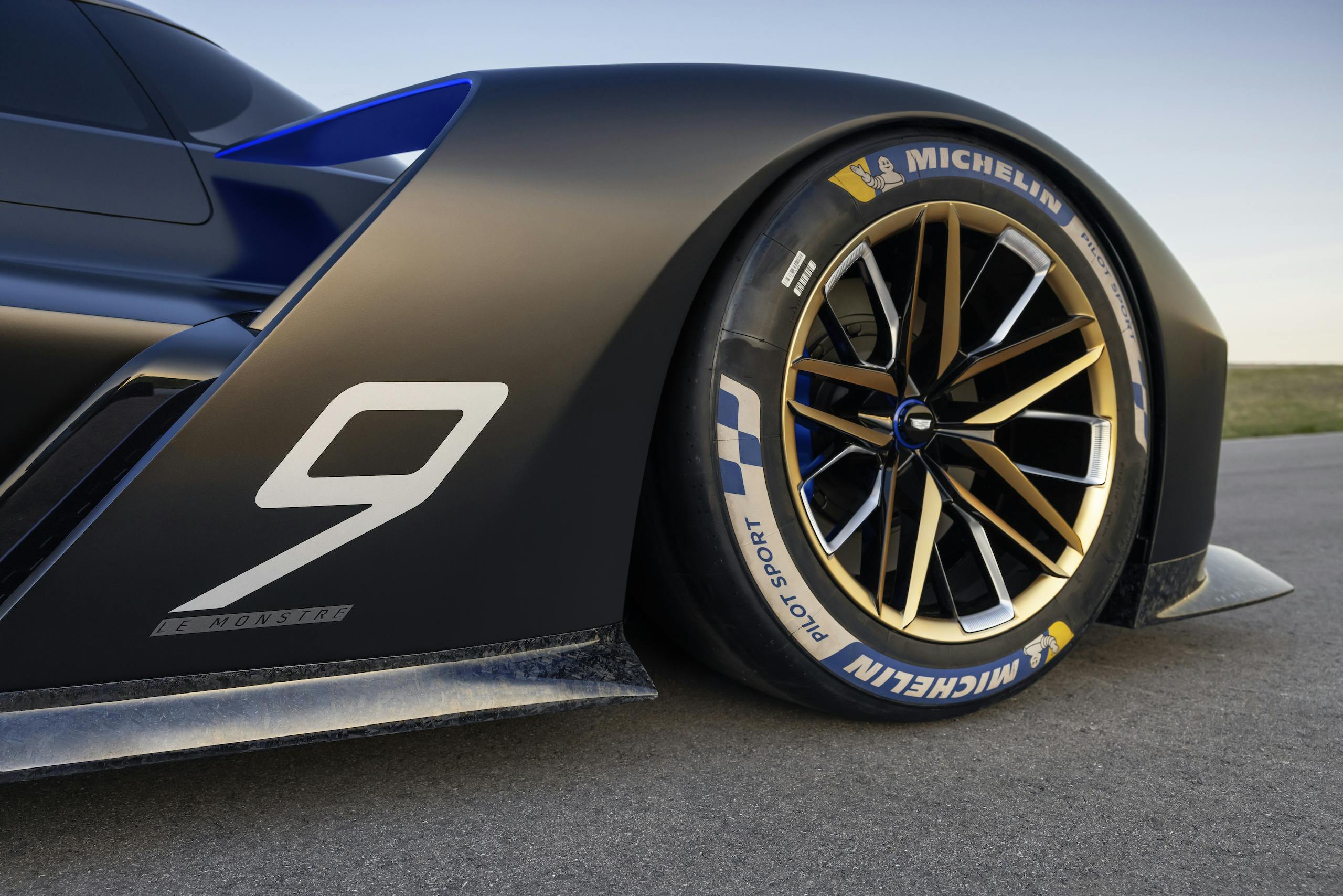
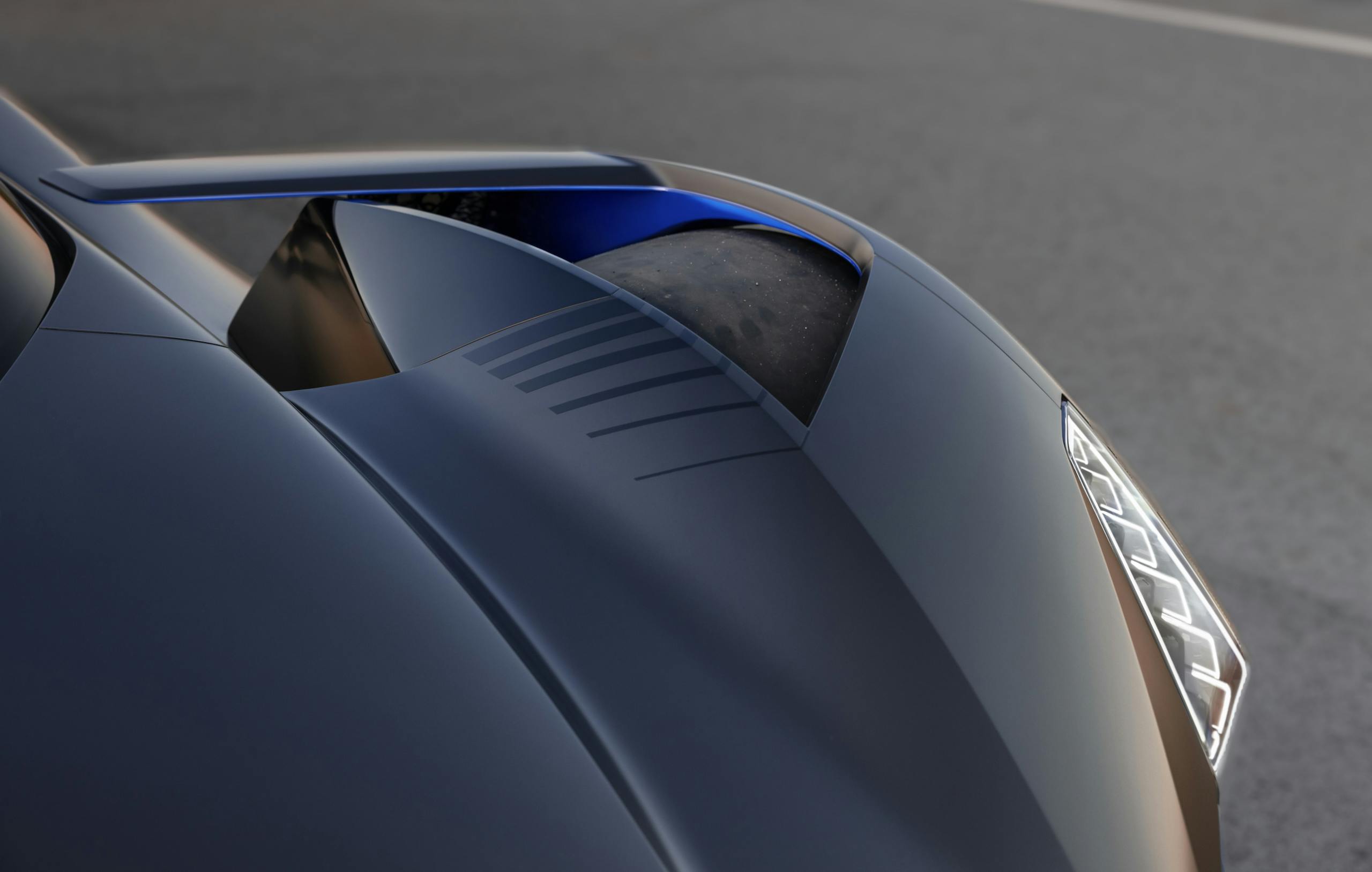
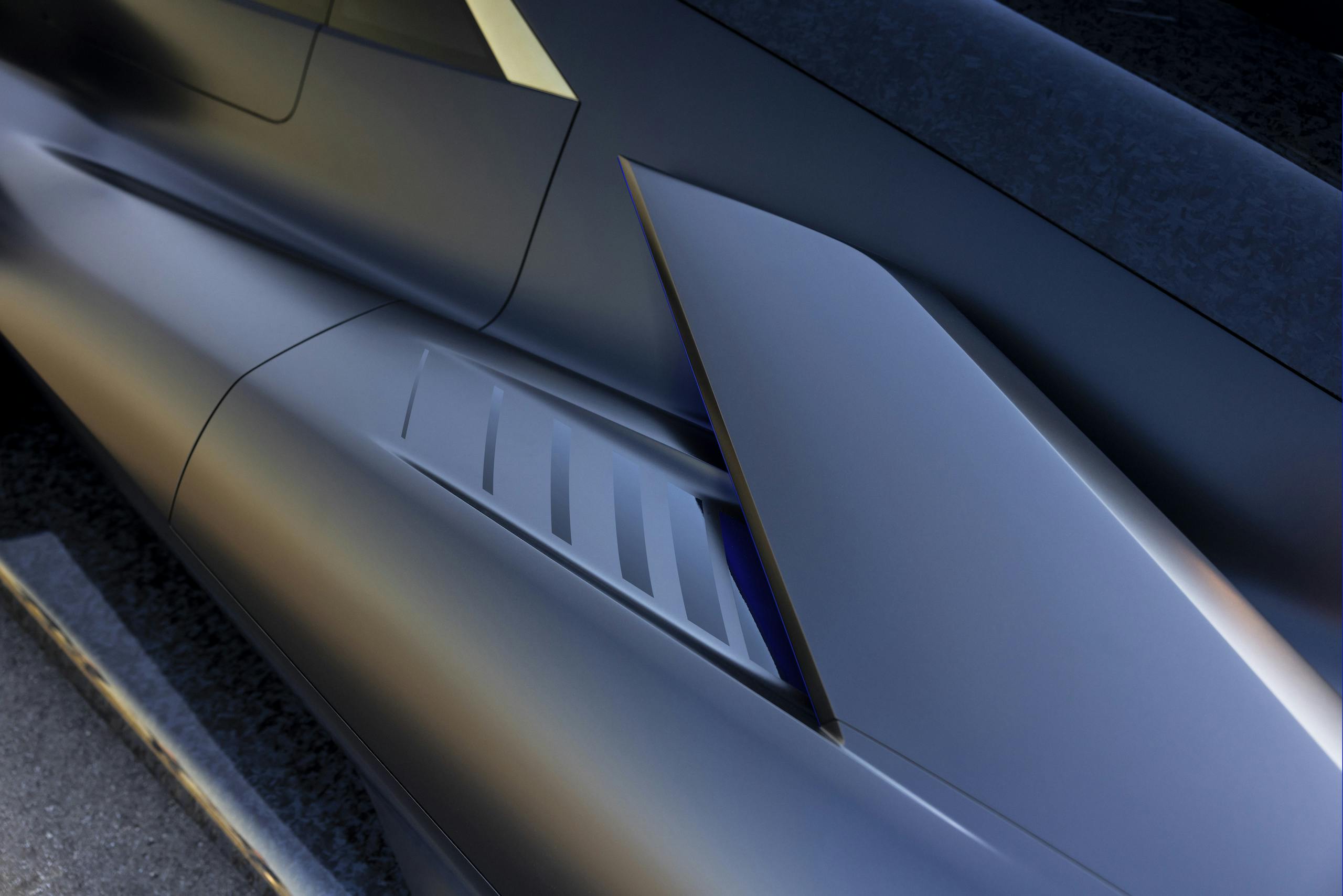
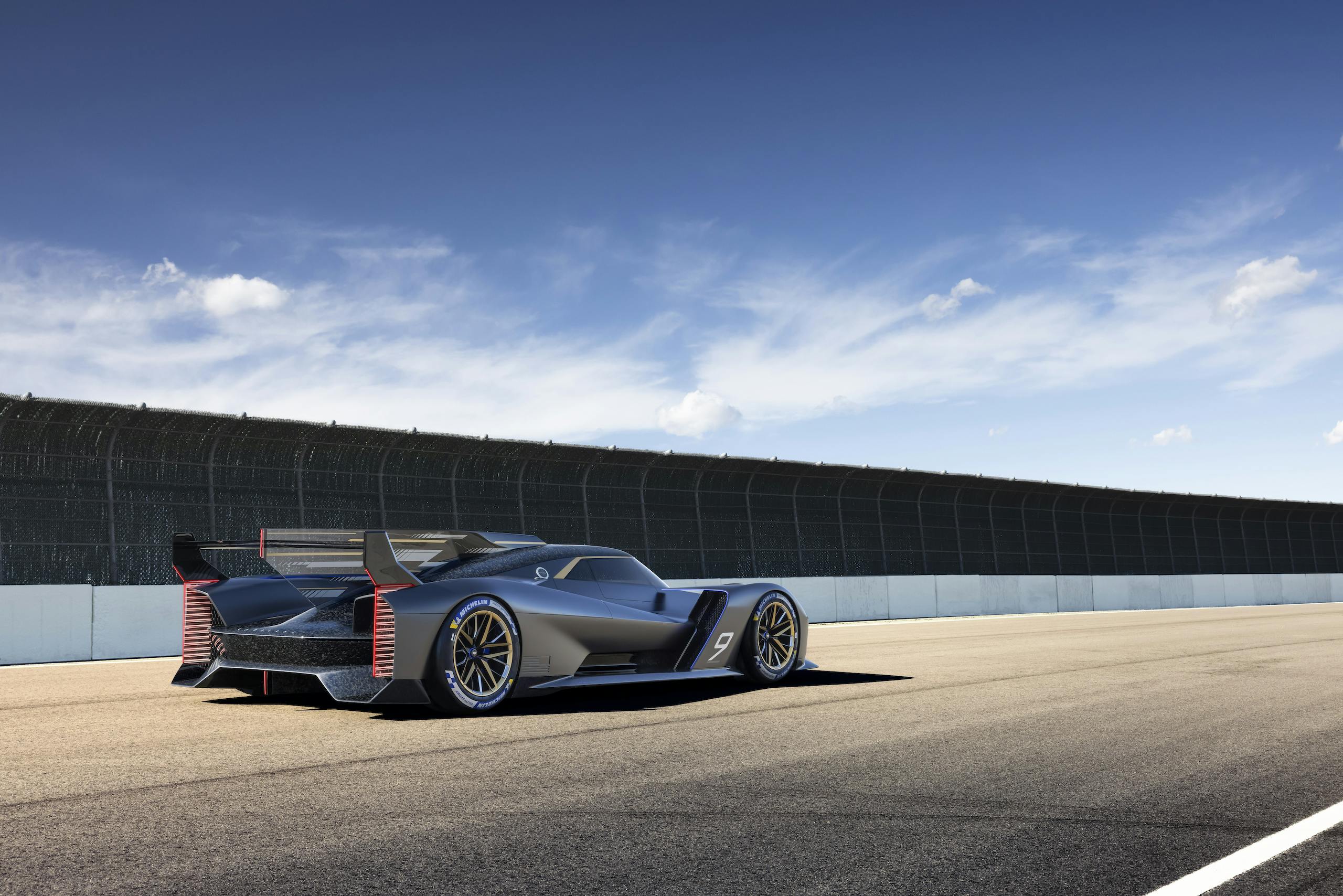


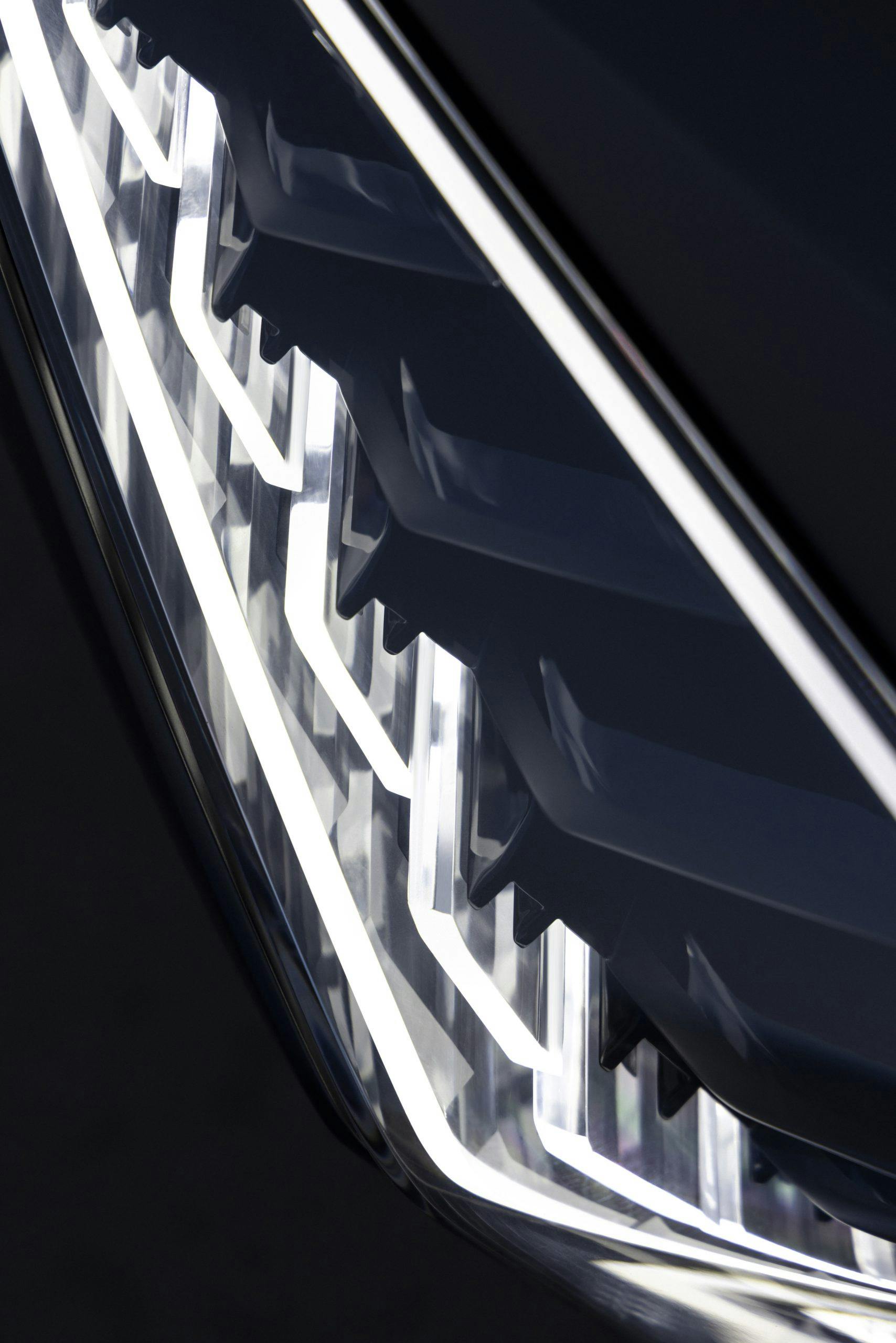

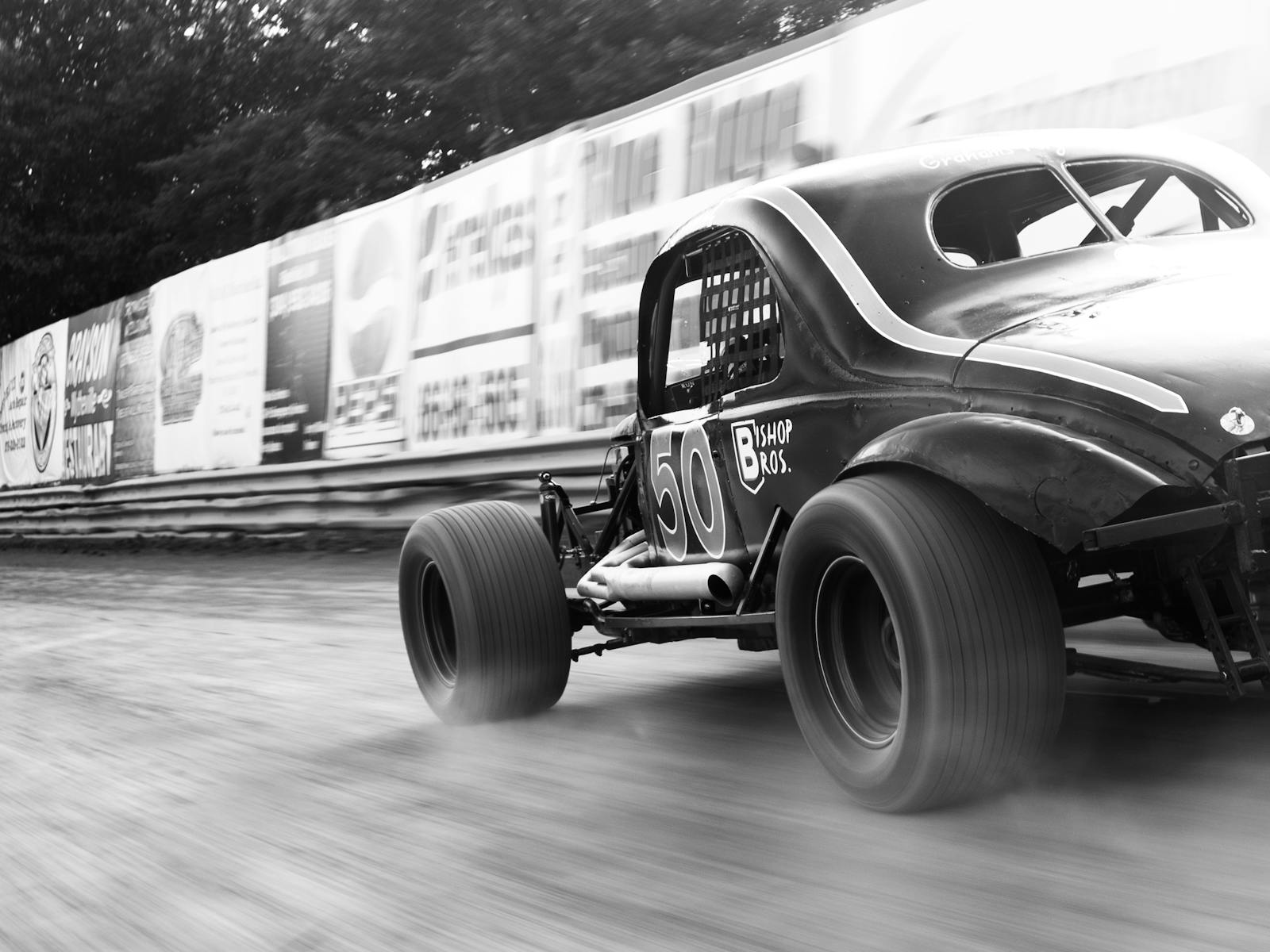
Looks like a Batmobile!